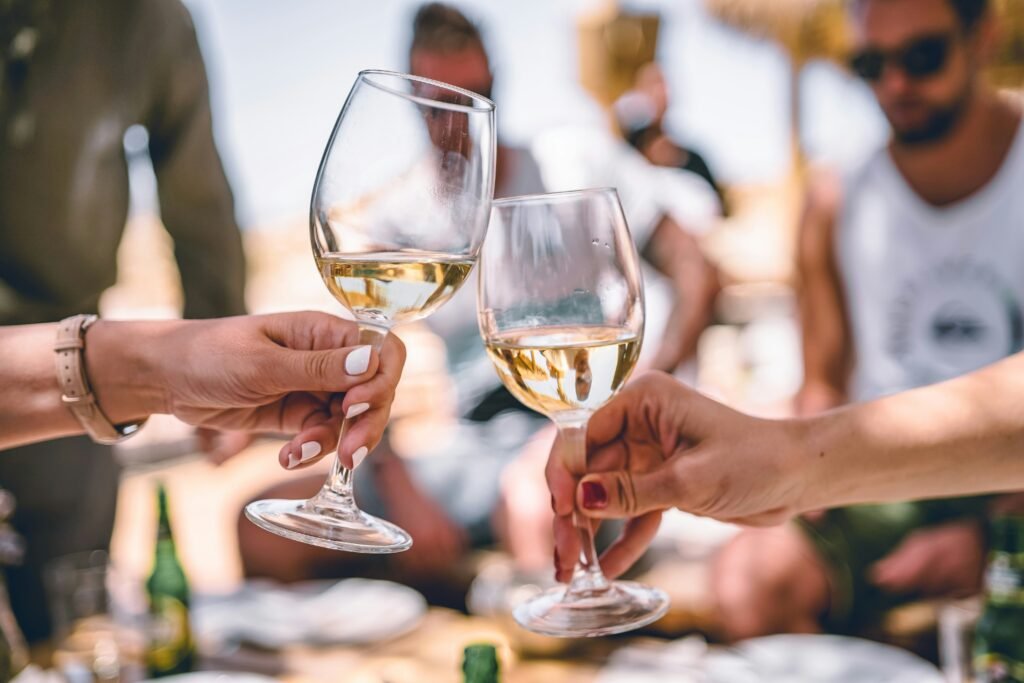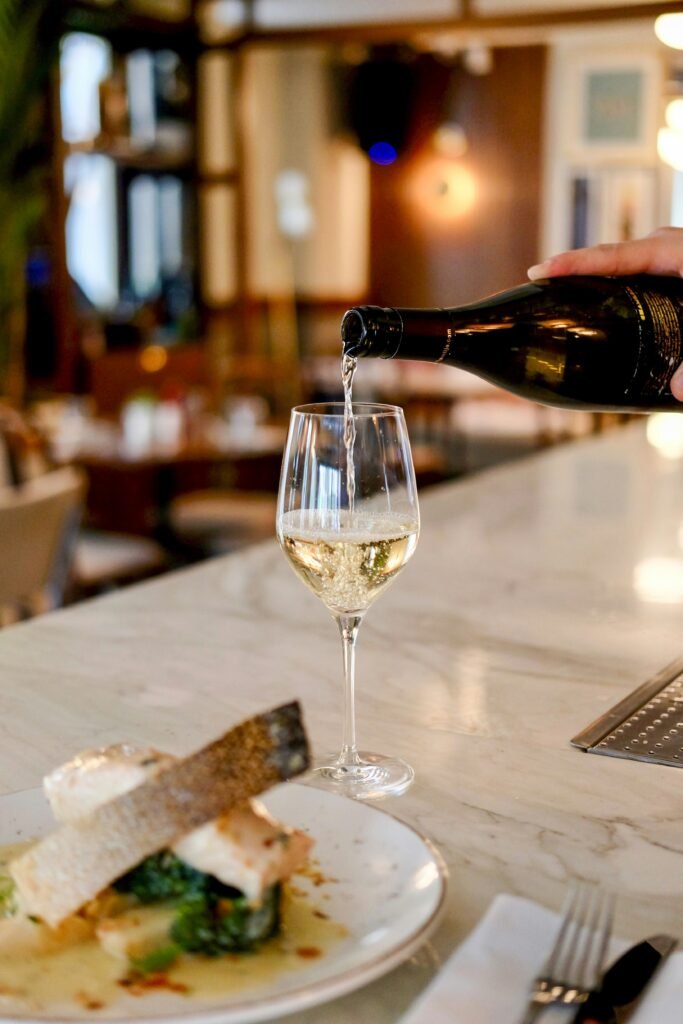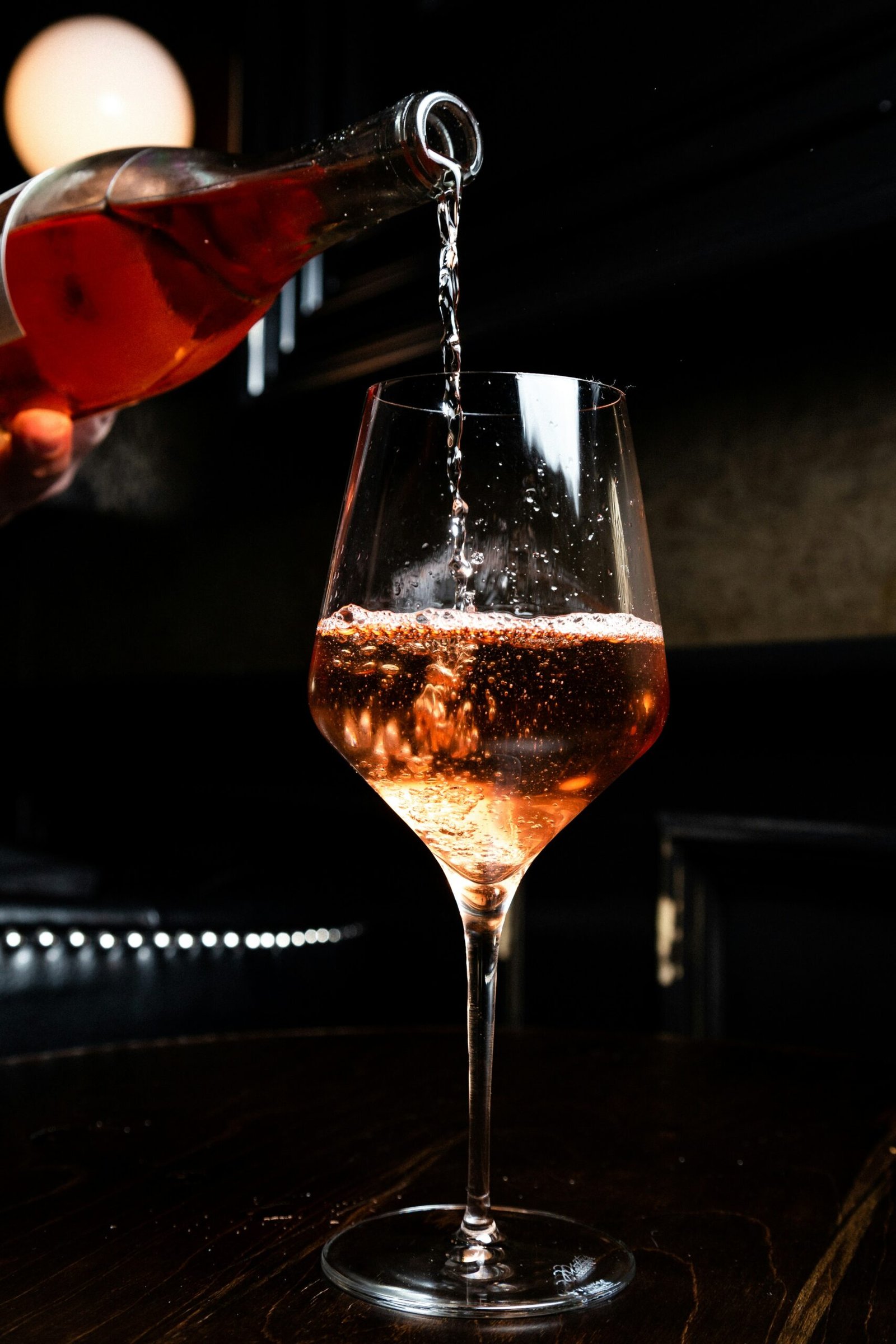In the video “10 to 40-Year-Old Wines: An Exploration with Konstantin Baum, Master of Wine,” Konstantin Baum discusses the aging of wines. He provides support links to his Patreon, Instagram, and website, and showcases the wine key and glass he uses. Baum focuses on tasting four wines from the Kopke winery in Portugal, ranging from 10 to 40 years old. Throughout the video, he explains the 100 Point Scoring System for wine and explores the factors that affect the age-ability of wine, including winemaking process, packaging, and storage conditions. By tasting and examining the color, aroma, and taste of these wines, Baum provides insights into how aging affects wine and the different characteristics that emerge over time.
Aging and wine are often associated, but the truth is that most wines are not made for aging and are consumed soon after bottling. In the video, Konstantin Baum explores the concept of aging wines by tasting and discussing four wines from the Kopke winery in Portugal with different ages (10, 20, 30, and 40 years old). Baum highlights the three main factors that influence the age-ability of wine, including winemaking techniques, packaging, and storage conditions. He explains that wines made for aging are usually matured in barrel and bottled in glass, while those fermented in stainless steel and packaged in cans or pouches are less likely to age well. By sharing his expertise and analyzing the color, aroma, and taste of these wines, Baum provides valuable insights into the aging process and helps viewers understand the characteristics that develop over time.
Introduction
Welcome to a comprehensive article exploring the world of aging wine. In this article, we will delve into the topic of aging wines, focusing on wines aged from 10 to 40 years. We will be referencing a video by Konstantin Baum, Master of Wine, where he discusses the aging process and tastes four different wines. Konstantin Baum provides links to his Patreon, Instagram, and website for additional support and information.
About Konstantin Baum, Master of Wine
Konstantin Baum is a renowned Master of Wine with a wealth of knowledge and expertise in the wine industry. With a deep understanding of wines and their aging potential, he shares his insights through various platforms such as Patreon, Instagram, and his own website. Supporting Konstantin through these channels allows you to access exclusive content and stay updated on his latest ventures in the world of wine.

Wines Tasted in the Video
In the video, Konstantin Baum tastes four different wines to showcase the aging process. These wines include:
- Kopke 10-Year-Old Tawny Port
- Kopke 20-Year-Old Port
- Kopke 30-Year-Old Tawny Port
- Kopke 40-Year-Old Tawny Port
By tasting wines from a range of ages, we can better understand how the aging process affects the color, aroma, and taste of the wine.
The 100 Point Scoring System for Wine
Before delving into the topic of aging wine, it is essential to have an understanding of the 100 point scoring system commonly used to evaluate wines. This system, popularized by websites like www.robertparker.com, rates wines on a scale of 0 to 100. Here is a breakdown of the different rating categories:
- 96-100: An extraordinary wine displaying profound and complex character, worth special effort to find and consume.
- 90-95: An outstanding wine with exceptional complexity and character, considered terrific.
- 80-89: A wine that is above average to very good, displaying finesse, flavor, and character without noticeable flaws.
- 70-79: An average wine with little distinction, essentially a straightforward, innocuous wine.
- 60-69: A below-average wine with noticeable deficiencies, such as excessive acidity or tannin, lack of flavor, or dirty aromas.
- 50-59: A wine deemed unacceptable.
This scoring system helps wine enthusiasts and experts evaluate and compare different wines based on their quality and characteristics.

Factors Affecting the Age-ability of Wine
To understand the age-ability of wine, it is crucial to consider three key factors: the winemaking process, packaging, and storage conditions.
Winemaking Process
The way a wine is made, starting from the vineyard to the winery, plays a significant role in its potential for aging. For example, wines that are quickly fermented in stainless steel at cool temperatures tend to be fruity and light, lacking the characteristics necessary for long-term aging. On the other hand, wines that are matured for a longer period in oak barrels have a better chance of aging well.
Packaging
The choice of packaging for wine can also impact its age-ability. Wines that are bottled in glass tend to have a better chance of aging gracefully compared to those packaged in cans or pouches. Glass bottles provide a more stable environment for the wine, while alternative packaging may deteriorate over time, negatively affecting the aging process.
Storage
Storage conditions are crucial for the proper aging of wine. Ideally, wine should be stored in a cool, dark cellar with stable temperatures and humidity levels. If the wine is exposed to fluctuations in temperature or excessive light, it may deteriorate more rapidly and lose its aging potential. Proper storage conditions allow the wine to mature gracefully, enhancing its flavors and complexity over time.
The Impact of Home Storage Conditions on Wine Aging
In addition to the factors mentioned above, the storage conditions at home can also have a significant impact on the aging process of wine. If you have a classed growth Bordeaux or any other age-worthy wine, it is essential to ensure that it is stored in a cool and dark cellar. Temperature fluctuations or exposure to excessive heat, such as placing the wine on a windowsill in the attic during the summer, can shorten the wine’s aging potential.
Creating a suitable storage environment at home is crucial for preserving the quality and longevity of your wines. Investing in a wine cellar or wine refrigerator can help maintain the ideal temperature and humidity levels for aging wines, ensuring they reach their full potential.

Exploring Aging with Tawny Ports from the Douro Valley
In the video by Konstantin Baum, he focuses on exploring the aging process with Tawny Ports from the Douro Valley in Portugal. Tawny Ports are known for their intricate aging techniques, which differ from those used for Ruby or Vintage Ports.
Introduction to Tawny Ports
Tawny Ports are fortified wines from the Douro Valley that undergo a unique aging process. These ports are typically aged in wooden barrels for extended periods, allowing them to develop rich and complex flavors over time.
Aging Techniques for Tawny Ports vs. Ruby or Vintage Ports
Compared to Ruby or Vintage Ports, Tawny Ports spend more time in barrel during the aging process. This extended aging allows Tawny Ports to develop a mellow and smooth character, coupled with the nutty and spicy flavors imparted by the wooden barrels. The longer the aging period, the more concentrated and rich the Tawny Port becomes.
Indicated Age of Tawny Ports
It is important to note that the indicated age of a Tawny Port does not necessarily mean that the wine is exactly that age. The indicated age represents a blend of wines from different vintages that aims to resemble the desired level of maturity. Therefore, a 10-year-old Tawny Port is not made exclusively from wines that are exactly 10 years old. The older the indicated age, the older the wines in the blend, but they are not precisely that age.
Common Misconceptions about Aging Wine
Before we conclude, let’s address some common misconceptions about aging wine.
Majority of Wine Not Made for Aging
Contrary to popular belief, the vast majority of wines are not made for aging. Most wines are intended to be consumed within a few years after harvest. Aging wine requires specific characteristics and qualities that not all wines possess. Therefore, it is essential to choose wines that are specifically crafted for aging if you are seeking a wine with age-ability.
Impatience and Consuming Wines Too Young
Another common misconception is that people often consume wines meant for aging when they are too young. Many wine enthusiasts lack the patience to wait for their wines to reach their full potential. It is important to understand that aging wine takes time and patience, but the rewards are well worth it. By allowing the wine to age, you can experience the development of complex flavors and aromas that enhance your tasting experience.
Factors Affecting the Age-ability of Wine
To reiterate, several factors can affect the age-ability of wine, as mentioned earlier.
Winemaking Methods and Fermentation
The way wine is made, starting from the vineyard and concluding at the winery, plays a crucial role in its aging potential. Wines that are quickly fermented in stainless steel at cool temperatures tend to be less age-able compared to wines that undergo a longer fermentation process or are matured in a barrel. The winemaking methods and the fermentation process directly impact the characteristics and structure of the wine, influencing its ability to age gracefully.
Packaging and Bottling
The choice of packaging can affect the aging potential of wine. Glass bottles provide a stable and reliable environment for wine aging, while cans or pouches may not hold up well over time. Additionally, the bottling process itself can impact the aging potential, as wines that are not properly sealed or bottled may deteriorate more quickly.
Storage Conditions
Proper storage conditions are essential for the aging process of wine. Wine should be stored in a cool and dark cellar with stable temperature and humidity levels. Exposure to light, temperature fluctuations, and excessive heat can have detrimental effects on the aging potential of wine.
Conclusion
In conclusion, while aging and wine are often associated with one another, it is important to note that the majority of wine is not made for aging. Only a small fraction of wines are crafted specifically for long-term aging. Understanding the factors that affect the age-ability of wine, such as the winemaking process, packaging, and storage conditions, can help wine enthusiasts make informed choices and experience the full potential of aged wines.
By exploring four different Tawny Ports aged from 10 to 40 years, we gain a better understanding of the aging process and how it impacts the color, aroma, and taste of the wine. Aging wine is a personal preference, with some individuals preferring older wines with more complex flavors, while others enjoy the vibrancy and freshness of younger wines. Regardless of personal preference, proper storage and patience are key to allowing wine to reach its aging potential.

Franco Deville, an esteemed wine connoisseur and author, is the visionary behind “Wines of Madeira.” His extensive background in viticulture and wine tasting enriches his detailed guide on Madeira wines. Franco’s dedication to traditional winemaking and innovative approaches has established him as an influential voice in the wine community.

